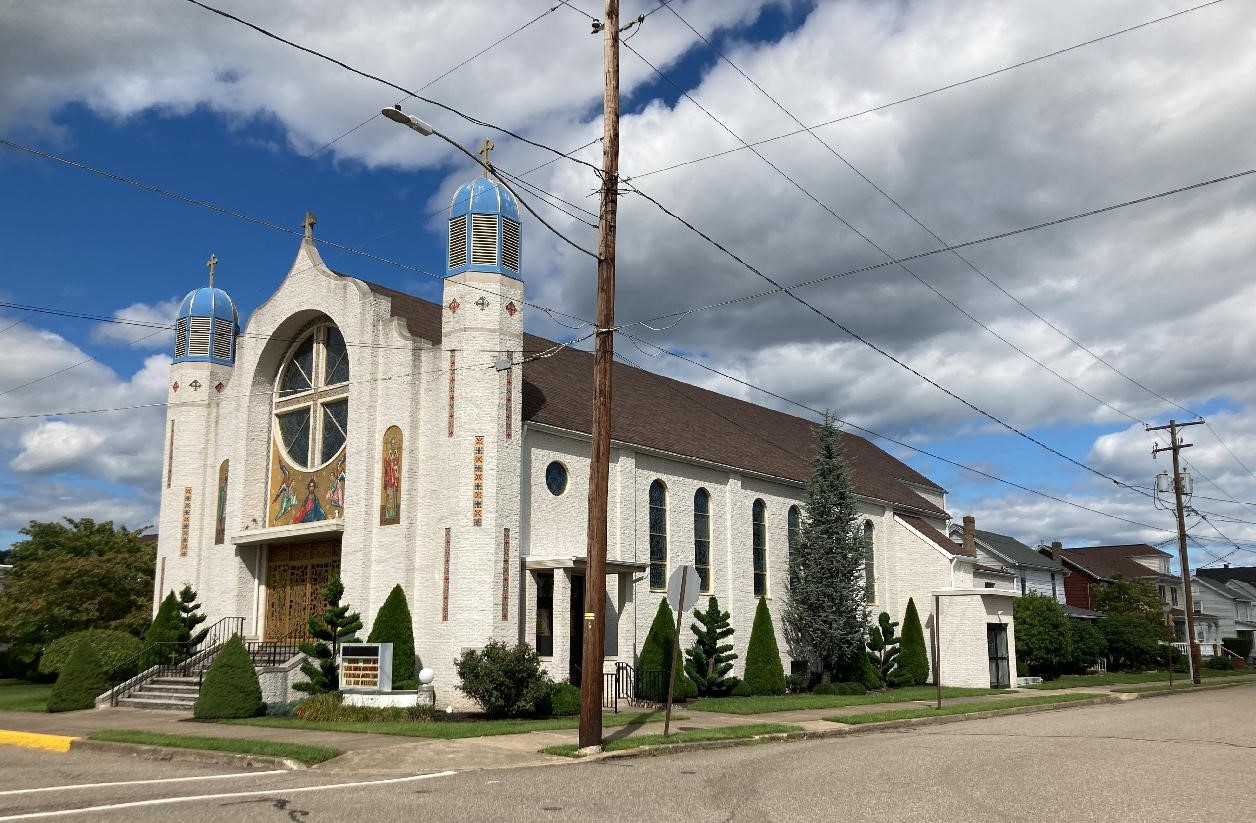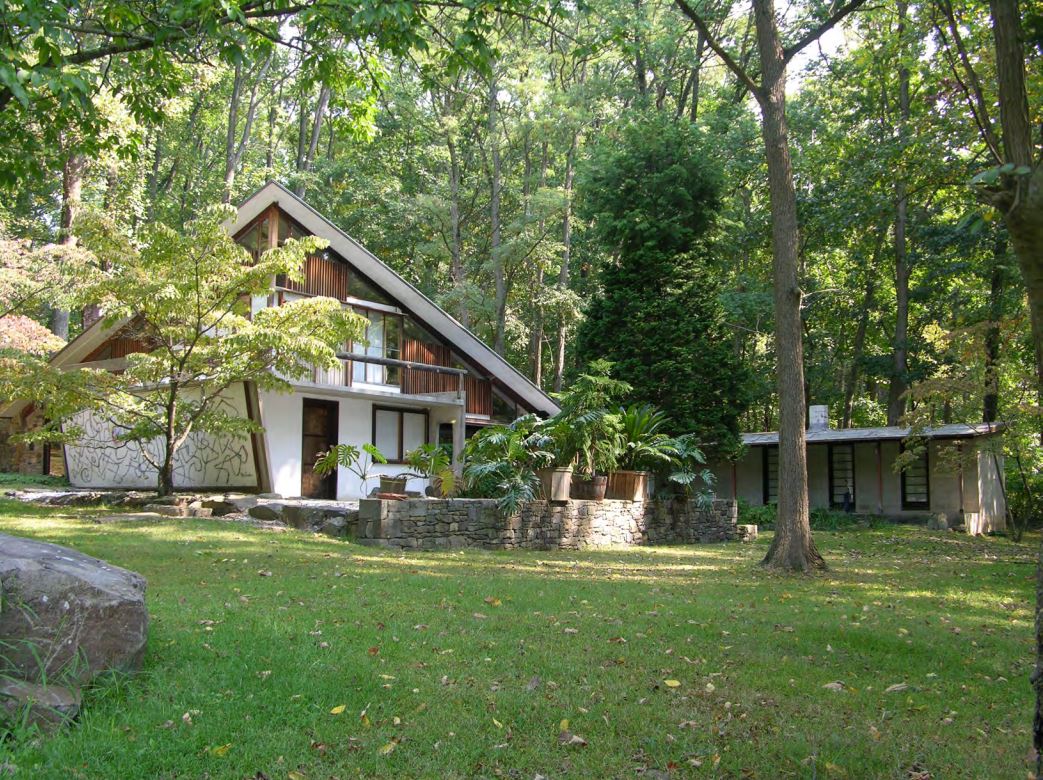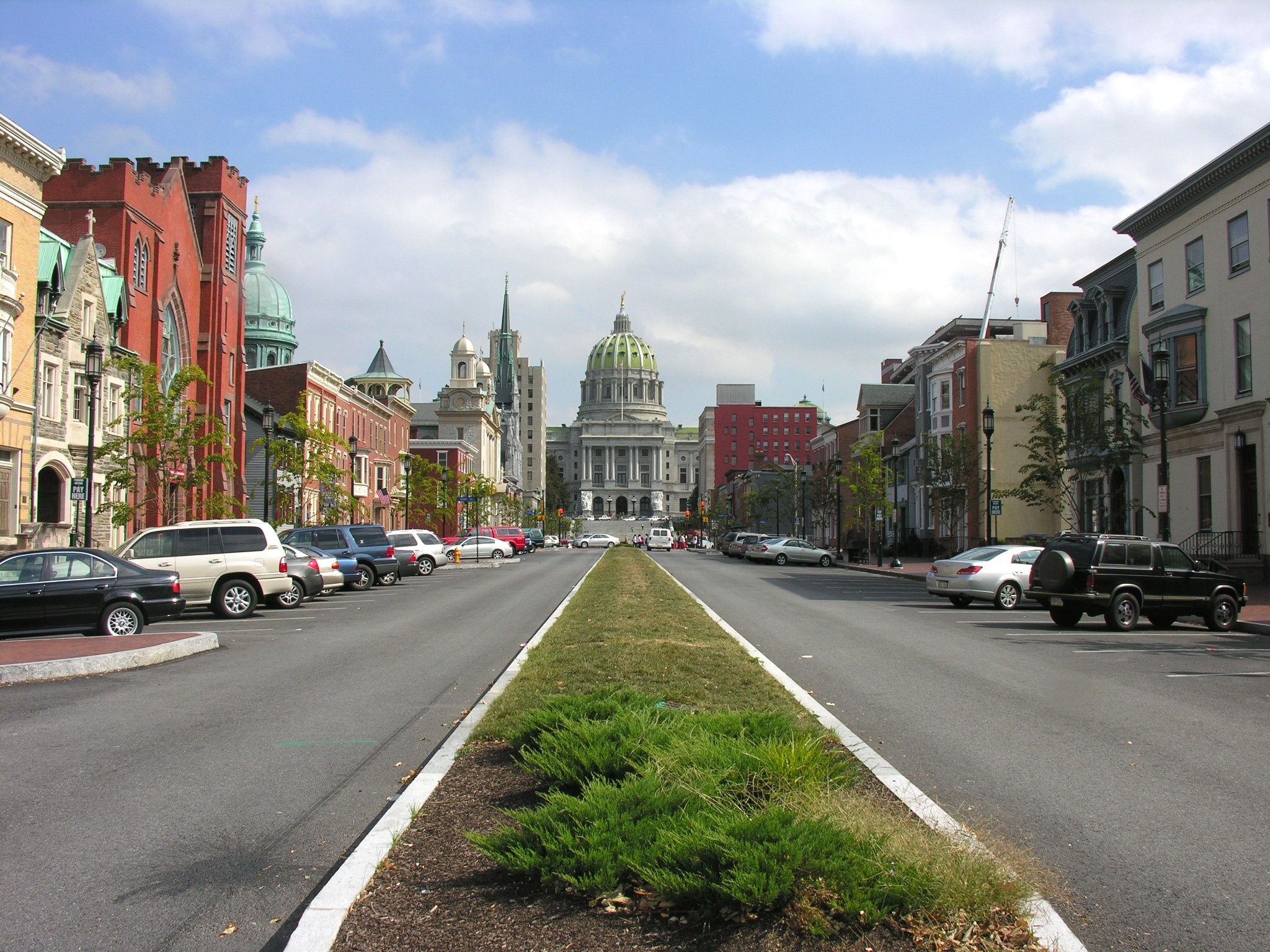Included in this Just Listed! update are properties representing over three centuries of Pennsylvania history.
Properties range from Muhammad Ali’s mountain boxing retreat to a masterpiece of modern architecture to a historic district rich in the building traditions of the Pennsylvania Dutch. Read below to learn more about the Commonwealth’s newest additions to the National Register of Historic Places.









Recent Comments